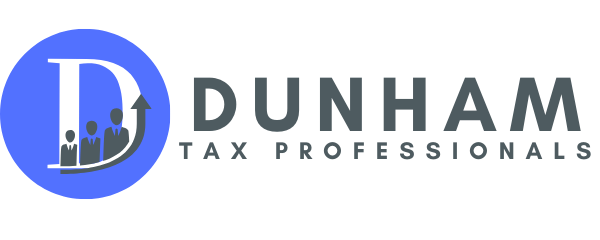
How to Optimize Cash Flow in Your Business: Strategies for Success
Optimizing cash flow is critical for the success and sustainability of any business. Effective cash flow management ensures that you have enough funds to cover expenses, invest in growth opportunities, and navigate financial challenges. In this article, we’ll explore strategies to optimize cash flow in your business.
Strategies to Optimize Cash Flow:
- Improve Invoicing Practices:
- Send invoices promptly and include clear payment terms to encourage timely payments.
- Example: A freelance graphic designer sends invoices immediately after completing a project and offers multiple payment options.
- Offer Incentives for Early Payments:
- Provide discounts or incentives for customers who pay their invoices early.
- Example: A manufacturing company offers a 2% discount for invoices paid within 10 days.
- Implement a Cash Reserve:
- Build a cash reserve to cover unexpected expenses and financial emergencies.
- Example: A retail store sets aside a portion of monthly profits to build a three-month cash reserve.
- Manage Inventory Efficiently:
- Avoid overstocking or understocking by managing inventory levels based on demand forecasts.
- Example: An online retailer uses inventory management software to optimize stock levels and reduce carrying costs.
- Negotiate Payment Terms with Suppliers:
- Negotiate longer payment terms with suppliers to improve cash flow.
- Example: A restaurant negotiates 60-day payment terms with its suppliers to align with its cash flow cycle.
- Reduce Unnecessary Expenses:
- Regularly review and cut unnecessary expenses to improve cash flow.
- Example: A tech startup audits its expenses and cancels unused software subscriptions to reduce costs.
- Monitor Cash Flow Regularly:
- Use cash flow statements and forecasts to monitor and project cash flow trends.
- Example: A consulting firm reviews its cash flow statement monthly to identify potential cash flow issues and plan accordingly.
- Consider Short-Term Financing Options:
- Use short-term financing options, such as lines of credit, to manage temporary cash flow gaps.
- Example: A construction company uses a line of credit to cover payroll expenses during a slow season.
Optimizing cash flow is essential for the financial health and growth of your business. By implementing these strategies, you can ensure a steady flow of cash, reduce financial stress, and position your business for long-term success. Regularly monitor your cash flow and make adjustments as needed to maintain a healthy financial position.





